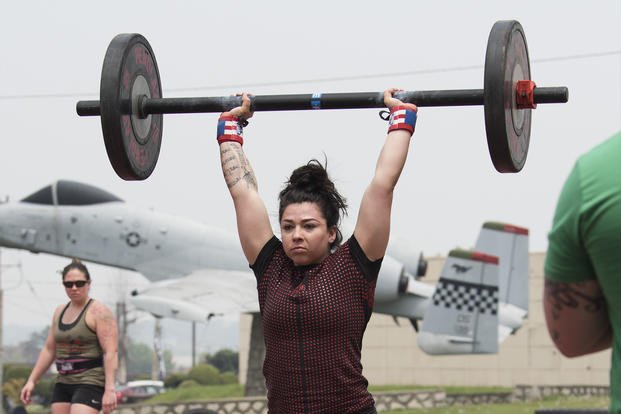Tactical fitness entails getting good at all the elements of fitness. Developing a more well-rounded fitness routine is how you achieve that. Here is a question from a reader asking for a few specifics about these fitness components, related to our capabilities and the professional requirements of military service:
In a recent article about tactical fitness, you mentioned several critical fitness components like strength, agility, and endurance. Can you elaborate on how each element contributes to task performance in military operations? Thanks, Jack
The development of the elements of fitness, ensuring a military member is proficient in all of them, is a journey that adapts to the unique job requirements of each soldier, airman, Marine, sailor and Guardian. The more physically demanding roles require more development of these components, including strength, power, speed, agility, endurance, muscle stamina, flexibility, mobility, grip and more. The goal is to be a versatile asset in any situation while prioritizing your health, wellness and longevity as we age through this tactical profession.
Not all jobs require high levels of physical performance, so a goal may be strictly the health and wellness of some military members. However, for those who experience combat operations or are placed in harm’s way, the complete development of these fitness areas is critical to survival and being a useful member of that service branch.
The following components of fitness are broken down into groups that work well together to help develop other qualities valuable for the military member:
Strength, power, speed and agility: As an athlete would train for specific sports such as football, soccer, rugby, and others, the tactical athlete needs these developed for overall durability with load-bearing, carrying heavy equipment and quickly moving over uneven terrain and obstacles. Working these elements together in a training cycle is easy, as they complement each other in training.
Endurance and muscle stamina: Depending on the job, multiple types of endurance modes may need to be developed, specifically running, rucking or swimming (or all three). The complementary element of fitness, muscle stamina, works together with cardiovascular endurance to develop work capacity. Long workdays on your feet, carrying and moving gear and equipment, require endurance and muscle stamina. Often, long workdays will turn into night operations. Be ready for long days — and nights.
Mobility, flexibility and grip: Although not mentioned in the question, helping yourself develop joint mobility and flexibility, combined with strength, builds stability. Joint stability is essential to everyone and can help with overall balance, too. This can help you feel better and potentially prevent injuries such as strains, sprains, falls and those that come about because of overuse. While grip is a strength and endurance component, adding grip training to your day with hangs from pull-up bars can also help decompress and stretch the body.
Underdevelopment in the fitness components above leaves weaknesses to hinder abilities and risk potential injury or failure in job performance. Working to become a well-rounded individual takes work, but you do not have to be a world-class athlete to be good at all these events. Adding them to a training cycle throughout the year is all it requires.
We use a system called Seasonal Tactical Fitness Periodization, which spreads the components throughout the year in cycles of focus and maintenance. Give it a try.
Want to Learn More About Military Life?
Whether you’re thinking of joining the military, looking for fitness and basic training tips, or keeping up with military life and benefits, Military.com has you covered. Subscribe to Military.com to have military news, updates and resources delivered directly to your inbox.
Story Continues
Read the full article here

